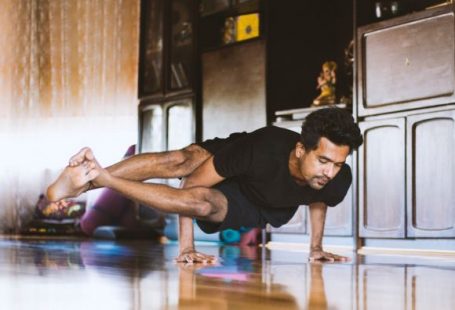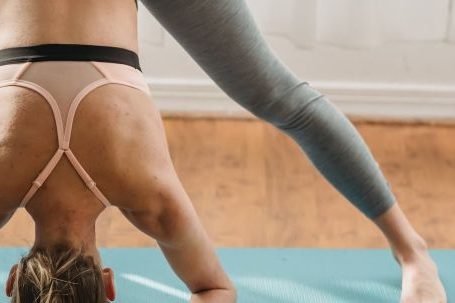Cardiovascular exercises are an essential component of any fitness routine. They help improve heart health, increase endurance, and burn calories. However, not everyone is at the same fitness level, and it’s important to modify cardio exercises to suit individual needs. Whether you’re a beginner or an advanced athlete, here are some tips on how to modify cardio exercises for different fitness levels.
Start Slow and Gradually Increase Intensity
If you’re new to cardio exercises or haven’t been active for a while, it’s crucial to start slow and gradually increase the intensity. This allows your body to adjust and prevents injuries. Begin with low-impact exercises such as walking, swimming, or cycling at a comfortable pace. As your fitness level improves, you can gradually increase the duration and intensity of your workouts.
Modify Intervals
Interval training is an effective way to boost cardiovascular fitness. It involves alternating between high-intensity exercises and periods of rest or low intensity. Beginners can start with shorter intervals and longer rest periods. For example, you can sprint for 30 seconds and then walk or jog for 1-2 minutes. As you progress, you can decrease the rest time and increase the intensity of the high-intensity intervals.
Increase Resistance or Incline
If you’re looking to challenge yourself and improve your cardiovascular fitness, consider adding resistance or incline to your cardio exercises. For instance, if you’re using a stationary bike, increase the resistance level. This will make your muscles work harder and increase the intensity of your workout. Similarly, if you’re walking or running on a treadmill, try increasing the incline to simulate uphill terrain.
Incorporate High-Intensity Interval Training (HIIT)
High-Intensity Interval Training (HIIT) is a popular and efficient way to improve cardiovascular fitness. It involves short bursts of intense exercise followed by short recovery periods. HIIT workouts can be modified to suit different fitness levels. Beginners can start with lower intensity exercises and longer rest periods, while advanced individuals can increase the intensity and decrease the rest time. HIIT workouts can be done with various exercises such as sprinting, burpees, jumping jacks, or mountain climbers.
Consider Low-Impact Options
Not everyone can engage in high-impact cardio exercises due to joint issues or injuries. Fortunately, there are plenty of low-impact options that still provide an effective cardiovascular workout. These include swimming, cycling, using an elliptical machine, or even dancing. Low-impact exercises are gentler on the joints but still provide the benefits of cardio workouts. Remember to listen to your body and choose exercises that are comfortable and enjoyable for you.
Seek Professional Guidance
If you’re unsure about how to modify cardio exercises for your fitness level, it’s always a good idea to seek guidance from a fitness professional. They can assess your current fitness level, help you set realistic goals, and design a personalized workout plan that suits your needs. A fitness professional can also provide proper form and technique guidance to prevent injuries and maximize the benefits of your cardio workouts.
Conclusion: Tailoring Cardio Exercises to Your Fitness Level
Cardio exercises are a crucial part of any fitness routine, but they should be modified to suit individual fitness levels. By starting slow, gradually increasing intensity, modifying intervals, incorporating resistance or incline, trying HIIT workouts, considering low-impact options, and seeking professional guidance, you can tailor your cardio exercises to your specific needs and goals. Remember, consistency is key, so find activities you enjoy and make cardio exercises a regular part of your fitness routine.





